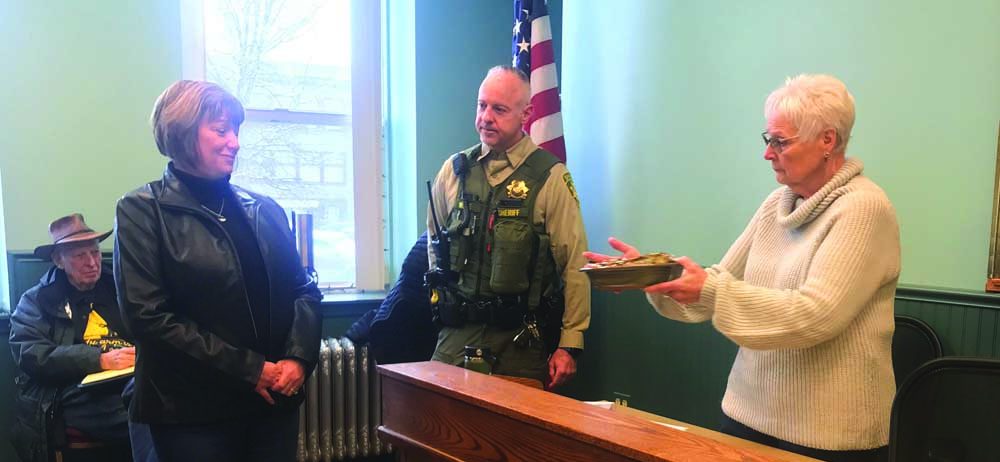OREGON STATE FAIR NEEDS MAJOR FACELIFT
Published 12:00 am Saturday, July 23, 2005
People who travel a lot know there are a lot of blue-ribbon state fairs, but Oregon’s is not one of them. Our fair, to be frank, seems more like a county fair on steroids.
We need to make the Oregon State Fair the place to be to do it all. That means honoring agriculture and the contributions of our family farmers and ranchers and much, much more.
A bill the Oregon House recently passed may be a step in that direction. The bill would make the Oregon State Fair and its Salem fairgrounds part of the State Parks and Recreation Department. Further, it would abolish the Oregon State Fair Commission and the position of director of the Oregon State Fair and Exposition Center.
The fair needs change. That doesn’t mean an incredible shrinking act. The fair needs to get bigger and better. The House bill now going to the Senate addresses what could be a $2.6 million shortfall in the 2005-07 budget period.
Oregon State Fair should have representatives scouring the country seeking the best and the brightest of ideas to rejuvenate our local fair. Take the Minnesota State Fair as one example. It’s known as the Great Minnesota Get-Together. In addition to being a showcase for Minnesota agriculture, there are some outstanding entertainment venues. It’s the place to be for Minnesotans, with ag ties and not, for a week in late August and early September.
The Iowa State Fair, meanwhile, bills itself as America’s Favorite Fair and attracts thousands of people to Des Moines. It’s motto? All your favorite things in one spot.
Oregon could borrow from these fairs in an attempt to make our state get-together more attractive, not just to farm families but to everybody. It’s a competitive world out there for the entertainment dollar, and besides Oregon needs to introduce those not in ag to what farming and ranching contributes to our economy.
Check out these facts. Oregon’s agriculture is incredibly diverse. Oregon produces more than 220 commodities from crab to Christmas trees. The top income producing commodity at the end of 2004 was cattle and calves, which jockeys back and forth for the top spot against greenhouse and nursery currently in the lead at almost $800,000,00 in value.
In 2004, 32 Oregon commodities ranked in the top four nationally, including hazelnuts, black-, logan- and raspberries, ryegrass, orchard grass, peppermint and Kentucky bluegrass.
Overall, Oregon agriculture contributed $3.8 billion to the state’s economy last year, and the state fair is a place to relay these facts to the public. To do this job of communication, it must lure in the non-farming public.
Editorials in this column are the opinion of The Observer’s editorial board. The board is comprised of Ron Horton, publisher; Ted Kramer, editor; Jeff Petersen, news editor; and Bill Rautenstrauch, business editor. Letters from readers, signed columns on this page and cartoons represent the opinions of the writer/artist and do not necessarily reflect the position of the editorial board.





